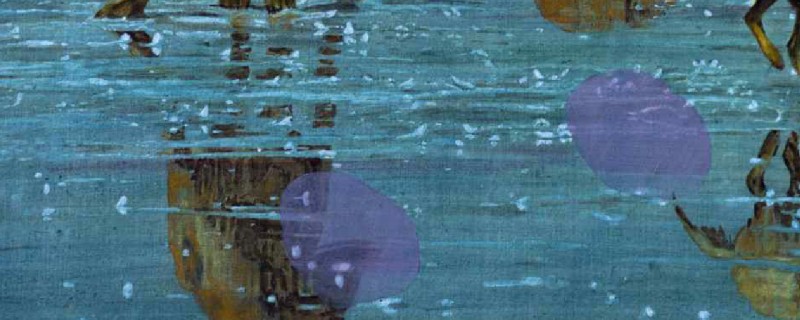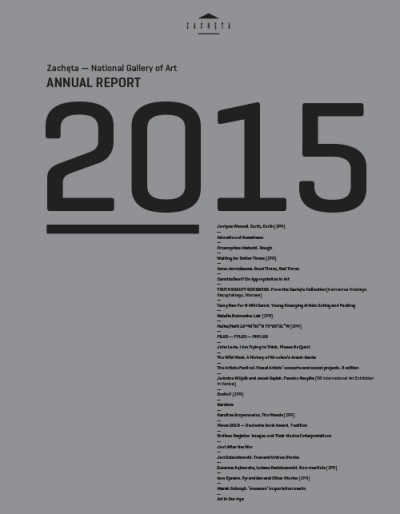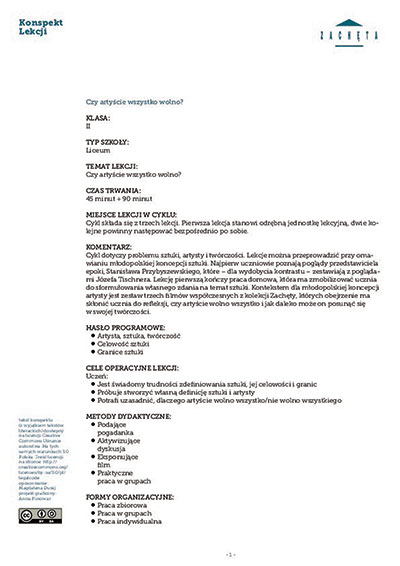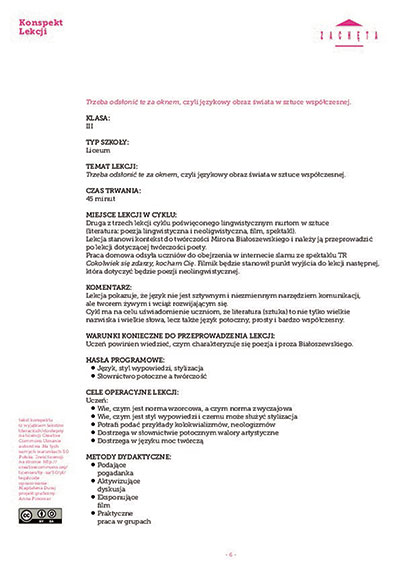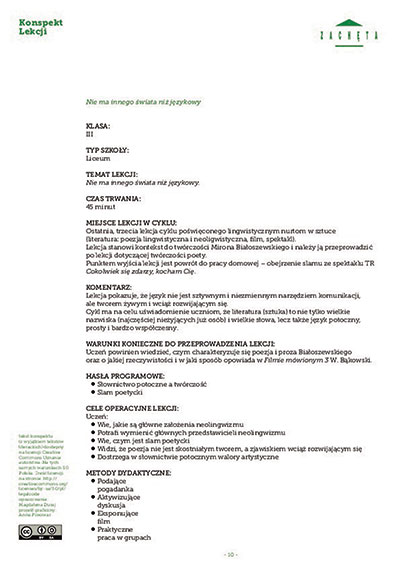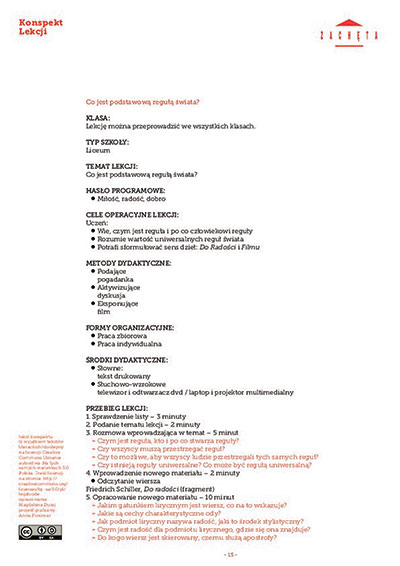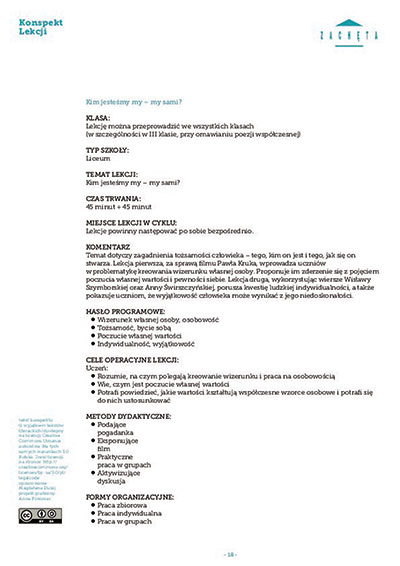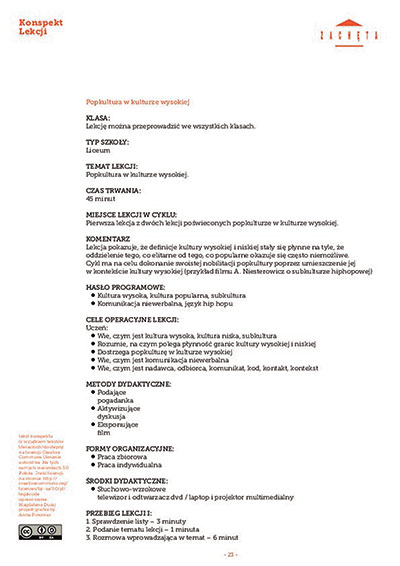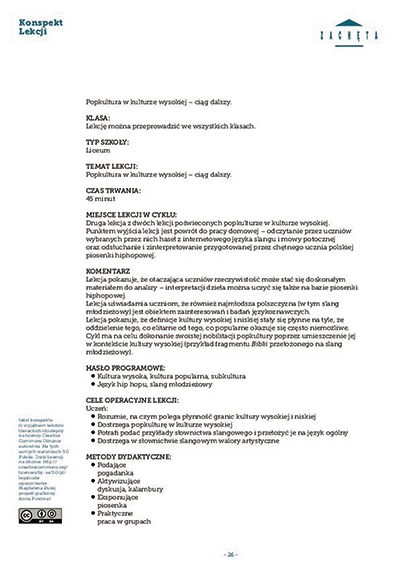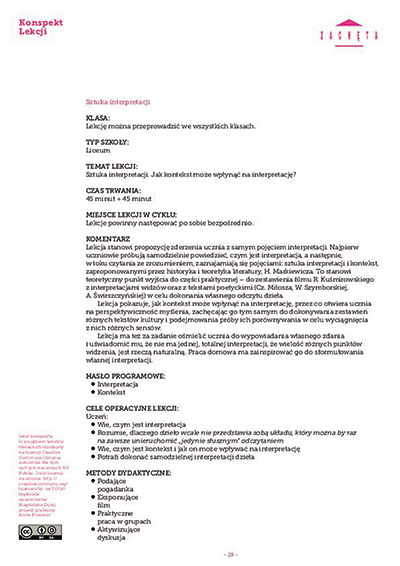The model was developed at the initiative of Teddy Kollek, a politician who would later become mayor of Jerusalem. Kollek was a friend of Madeleine Chalette and Arthur Lejwa, the owners of Galerie Chalette in New York, with whom Fangor had worked regularly since 1967. For this project, the artist built on his previous work with large-scale curtain walls, which were used to define urban spaces and stimulate visual and emotional responses. As he wrote, ‘The concept involved struc- tures comprising thin, curved concrete walls with varying radii at the top and bottom edges. When these were joined together, they formed a self-supporting curtain system.’ The glass mosaic covering these surfaces was intended to intensify the effect of tonal colour transitions — from white to blue. The project was ultimately not realised due to the political climate following the communist government’s anti-Semitic campaign of March 1968.
Wojciech Fangor, structure for Jerusalem, 1968
model, plaster, cardboard, paint, collection of Krzysztof Musiał, deposit in National Museum in Poznań, © Wojciech Fangor’s Archive | FANGOR Foundation, courtesy of Museum of Modern Art in Warsaw
folders / Texts
